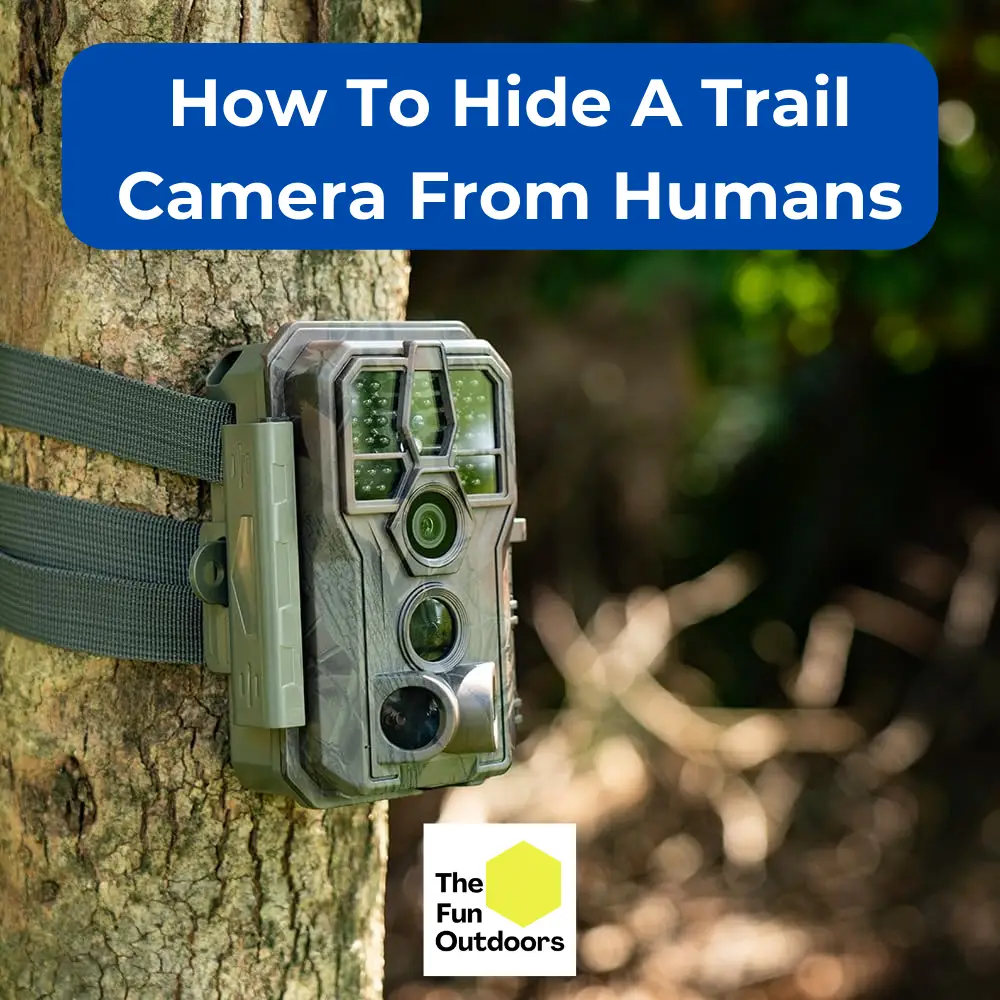Trail cameras are a popular tool for wildlife enthusiasts and hunters alike. They provide an opportunity to capture stunning footage of animals in their natural habitat and can be used for monitoring purposes. The downside to using trail cameras is that they can easily be spotted and tampered with by humans. This is where knowing how to hide a trail camera from humans becomes important.
There are various ways to hide a trail camera from humans, and one of the best ways is to choose the right location. Placing the camera in an area that is not easily accessible or visible to humans can significantly reduce the chances of it being detected.Covering the camera with natural materials such as leaves and branches can make it blend in with the surrounding environment, making it less noticeable to passersby. You must also make it hard to remove or steal.
We’ll go over twelve different ways to hide your trail camera in today’s guide.
Understanding Trail Cameras
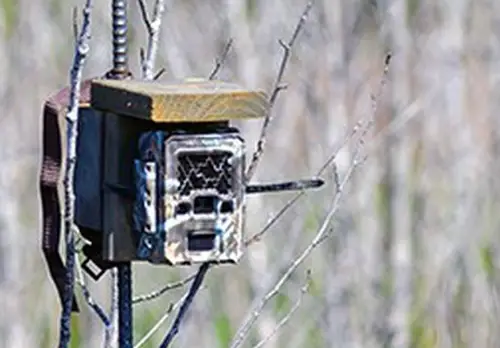
Trail cameras, also known as game cameras or scouting cameras, are a popular tool for outdoor enthusiasts, hunters, and wildlife researchers. These cameras are designed to capture images and videos of wildlife and other outdoor activities. They are also used as security cameras to monitor homes, businesses, and other properties.
Trail cameras come in different shapes and sizes, but most are small and portable, making them easy to install and move around. They are typically equipped with motion sensors and infrared technology, allowing them to capture clear images and videos even in low light conditions.
One of the key features of trail cameras is their ability to operate for extended periods without human intervention. They are powered by batteries and can store hundreds or even thousands of images and videos on an SD card. This makes them ideal for monitoring wildlife and other outdoor activities over long periods.
When it comes to hiding trail cameras from humans, there are several factors to consider. The first is the size and design of the camera. Smaller trail cameras are easier to hide, but they may not have the same features and capabilities as larger cameras. Security cameras, on the other hand, are typically larger and more visible, but they may have more advanced features such as facial recognition and remote monitoring.
Another factor to consider is the location of the camera. Trail cameras should be placed in areas where they are less likely to be noticed by humans. This could include hiding them in natural objects such as tree stumps or using camouflage to blend them into the environment.
Why Hide a Trail Camera
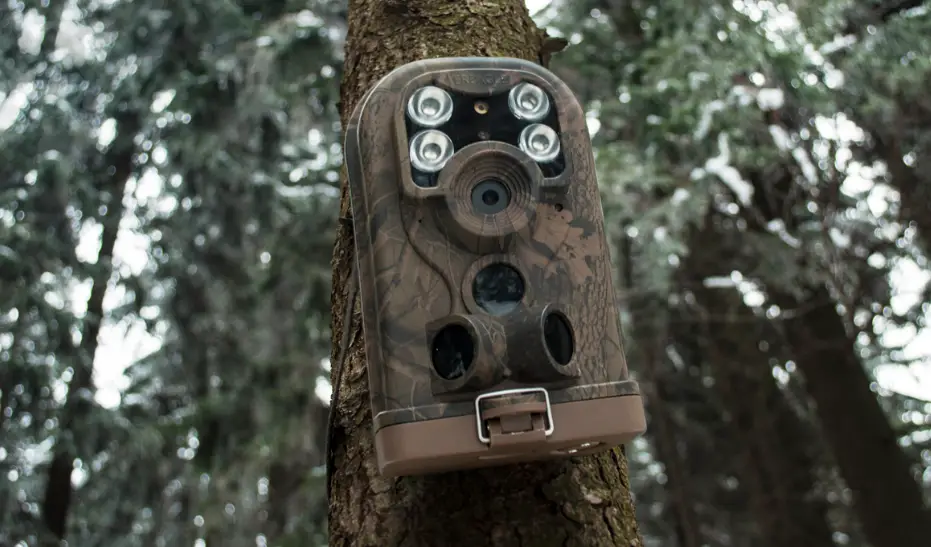
Trail cameras are a valuable tool for wildlife enthusiasts, hunters, and researchers. They allow for the capture of stunning wildlife footage and provide valuable insights into animal behavior. Trail cameras are also vulnerable to vandalism and theft, which can be costly and frustrating for their owners.
One of the main reasons to hide a trail camera is to protect it from human interference. Humans can be curious or malicious, and a visible trail camera may attract unwanted attention. By hiding the camera, it becomes less likely to be tampered with or stolen.
In addition to protecting the camera itself, hiding it can also improve the quality of the footage captured. Wildlife may be more likely to behave naturally if they are unaware of the camera’s presence. By hiding the camera in a natural-looking location, such as a tree stump or fallen log, it can blend in seamlessly with the environment and capture more authentic footage.
Hiding a trail camera can also help to prevent theft by intruders or other hunters. If a camera is visible and easily accessible, it may be more likely to be stolen. By hiding the camera in a secure location, such as high up in a tree or behind a natural barrier, it becomes less appealing to potential thieves.
Choosing the Right Location
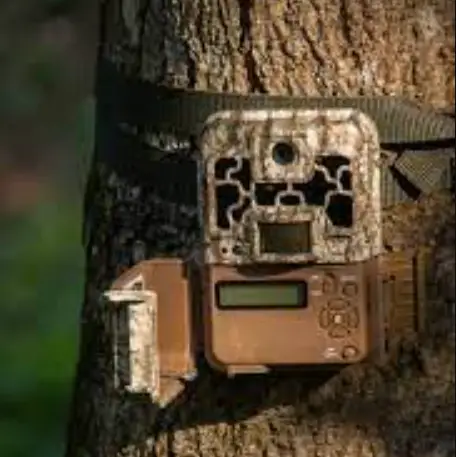
When it comes to hiding a trail camera from humans, choosing the right location is crucial. Here are some tips to help you find the perfect spot:
- Consider the location: Look for areas that are less likely to be frequented by humans. Avoid placing the camera in areas that are easily accessible, such as near trails or roads.
- Choose a hiding spot: Once you have found a good location, choose a hiding spot that will conceal the camera. Avoid placing the camera directly on the ground, as this can make it more visible. Instead, consider placing it on a log or other natural object that blends in with the surroundings.
- Think about height: The height at which you place the camera can also make a difference. Placing it at eye level or higher can make it more difficult for humans to spot.
- Use bushes and foliage: Use natural foliage and bushes to conceal the camera. Place it behind a bush or tree, or use branches to create a natural cover.
- Consider the surroundings: Look for areas with natural cover, such as bushes or trees, that can help to conceal the camera. Avoid placing the camera in areas with no natural cover, as this can make it more visible.
- Use logs and other natural objects: Logs and other natural objects can be used to hide the camera. Place the camera behind a log or use it as a support for the camera.
By following these tips, you can find the perfect location and hiding spot for your trail camera, making it more difficult for humans to spot.
Methods of Hiding Trail Cameras
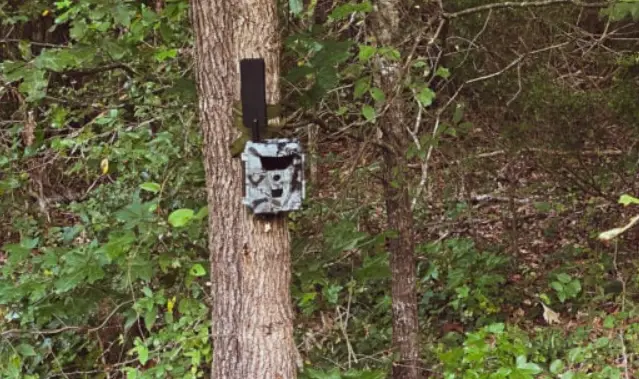
When it comes to hiding trail cameras from humans, there are several methods that can be employed. Here are some of the most effective ways to keep your trail camera hidden from prying eyes:
Use Elevation To Your Advantage
One of the best ways to hide a trail camera is to place it up high, where it is less likely to be seen. This can be achieved by mounting the camera on a tree or other elevated surface. By doing so, you can capture images of wildlife without drawing attention to your camera, and make it harder to reach.
Disguise Your Camera
Another effective method of hiding a trail camera is to disguise it so that it blends in with its surroundings. This can be achieved by using camouflage tape or paint to cover the camera. You can also use fake leaves or other natural materials to help conceal the camera.
Natural Camouflage
Another way to hide a trail camera is to use natural camouflage. This involves placing the camera in an area that is already covered in natural materials, such as leaves, branches, or tree stumps. By doing so, the camera is less likely to be noticed by humans or wildlife.
Using Fake Leaves
Fake leaves can be used to cover the trail camera and make it blend in with the surrounding area. This can be particularly effective in areas with a lot of foliage, where the camera can be easily hidden from view.
Choose a No-Glow Camera
No-glow cameras are designed to be invisible at night, making them an excellent choice for hiding trail cameras. These cameras use infrared technology to capture images without giving off a visible flash.
Place The Trail Cam In a Low Traffic Area
Placing your trail camera in a low traffic area can help to keep it hidden from humans. This could be an area that is difficult to access or an area that is not frequently used by people.
Camouflaging with Paint
Painting your trail camera in camouflage colors can help it blend in with its surroundings. This can be particularly effective in areas with a lot of foliage, where the camera can be easily hidden from view.
Utilizing Duct Tape
Duct tape can be used to cover the trail camera and make it blend in with the surrounding area. This can be particularly effective in areas with a lot of foliage, where the camera can be easily hidden from view. Using a lot of duct tape to secure your trail cam can also make it harder to steal.
Choose Heavy Duty Mounting Hardware
Heavy-duty mounting hardware can help to keep your trail camera secure and hidden from view. This could include steel cables or chains, which are difficult to cut or break.
Install Decoy Cameras
Installing decoy cameras can be an effective way to deter thieves or vandals. These cameras look like real cameras but do not actually capture any images.
Using Smaller Cameras
Smaller cameras can be easier to hide than larger cameras. These cameras can be placed in small crevices or other areas that are difficult to access.
Don’t Tell Others About Your Trail Cam Spots
Finally, it is important to keep the location of your trail cameras a secret. This can help to prevent others from finding and stealing your camera.
Check out our other helpful trail cam guides while you’re here:
How To Connect A Game Camera To A Computer

